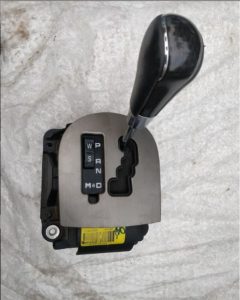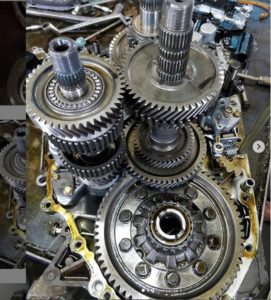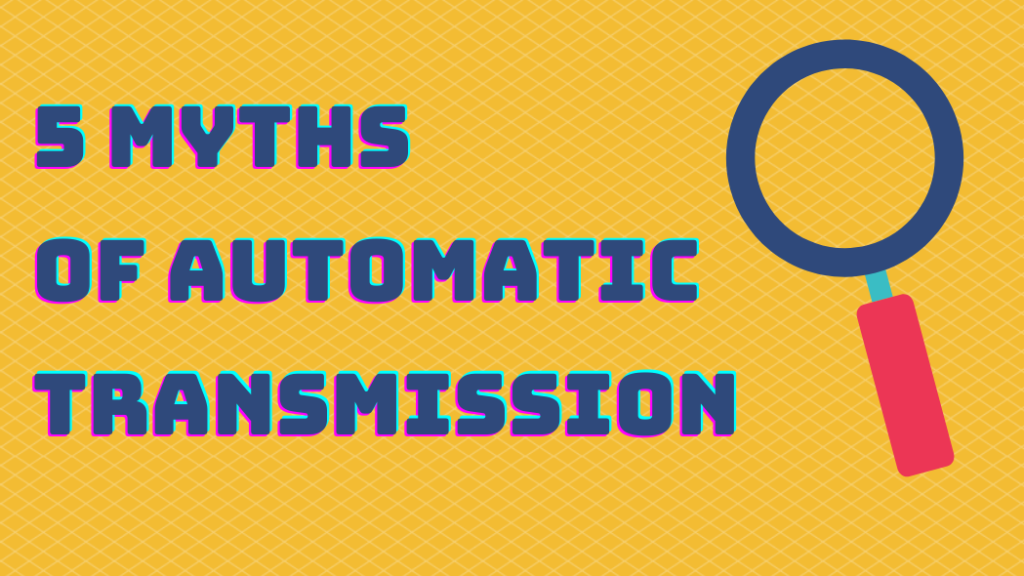Top 5 Myths About Automatic Transmission which are a mystery to many automobile enthusiasts!
Because of which many myths arouse as there are fewer experts who know in detail about the transmission. Let’s know about the most common myths and take a glance at them whether they’re true, false, or both.

Myth #1: Automatic Transmissions are not repairable as they’re sealed for life
Myth: Automatic Transmissions sealed for life, and are unrepairable. If anything goes wrong you are liable to replace the whole unit
Conclusion: No Automatic Transmissions are 100% repairable. If you find the right person at the right moment of time until the gears inside don’t get totally destroyed
Why: Automatic Transmission is a very complex mechanism with hundreds of parts working at 175 degrees!!. To give you smoothness while driving most mechanics claim to be experts to repair these transmissions. But most of them just replace the components which they see visually which damaged.
But this is not everyone’s cup of tea. Because the problem should be diagnosed from the roots so that the replaced part doesn’t get damaged again.
Not only this but the transmission also has many small parts such as ball bearings and springs. If ignored the transmission won’t work properly so many so-called expert mechanics replace the whole transmission itself
Myth #2: Automatic Transmissions Are Less Fuel Efficient Than Manual
Myth: Automatic Transmission Are very fuel hungry
Conclusion: This one is true in early automatic transmissions. But like the 2020 Toyota Camry Hybrid which has CVT transmission provides more average than their automatic counterparts. Its petrol variant with 19.2 kmpl as compared with automatic which provides 23.7 kmpl which is a 23.43% increase !!
ref: autocarindia
Why: Old automatics didn’t have a control module and shifting controlled using the rotation of the engine and output shaft.
But as of now with more compact computers known as mechatronics or we can say the brain of the transmission.
The shifting of the gears is more precise than ever before and not to mention the reduced weight in some successful automatic transmissions such as the DSG in Volkswagen cars increased the fuel efficiency as well. Generally speaking Automatic Cars as fuel-efficient as well
Myth #3: Automatic Transmissions are Bad in Poor Driving Conditions
Myth: Automatic Transmissions cannot handle Off-Road like driving Conditions
Reality: Unfortunately this one was also true a few years back as the transmission generates a lot of heat due to the immense pressure of fluid inside the transmission.
As if the driven on rough roads adds more pressure on the transmission which leads to more heat generation.
Why: It used to happen all because of the friction and pressure which occurs in the Transmission as mentioned above.
But as of now due to the latest technologies, we have come very far in Oil engineering and Cooling systems and advanced heat sensors which if worked together can maintain the fluid at an optimum temperature which increases the life and functionality of the transmission.
Myth #4: Should Be in Neutral When Stopping | Top 5 Myths About Automatic Transmission
Myth: You should always shift to neutral when you come to a stop—like a red light—because leaving it in the drive will cause additional wear on the clutch and use more fuel.
Reality: This one, in practice, is false.
It may have been the case with much older transmissions, but almost any transmission with electronic components is fine to leave in the drive.
Why: The transmission can’t see what’s in front of you, or if there are traffic lights coming up. It only knows that you’re pressing the brake pedal and the car is slowing down.
The fact that when you lift your foot off the brake pedal the car begins to pull away has led many to believe that the drive engaged even when you’re at a standstill.

Myth #5: Can Be Damaged When Towed | Top 5 Myths About Automatic Transmission
Myth: Towing an automatic vehicle will make gears inside the transmission lock up and additionally become disastrously harmed.
Reality: Yes and no. Read below to know further…
Why: Firstly there are a few things. The way an automatic transmission works is that it needs hydraulic oil pressure to move the components inside which is executed by an oil pump that is further driven by the engine or an electric pump. Without the hydraulic pressure, none of the gears move which inturn nothing can operate inside the gearbox. This means there is little to no risk of clutches getting burned out because of the vehicle being towed.
However!
The Oil Pump doesn’t just do the hydraulic pressure work, it also moves the transmission fluid inside the gearbox which serves as a lubricant, such as in planetary gear trains. This is a crucial aspect for these components as, without the lubrication, the gear train would eventually break up. The relevant aspect here is that some gear train or another will almost certainly be turning with the output shaft of the transmission. Or to put another way, if the driving wheels are turning, something hefty and metal inside the transmission will be turning as well.
So first of all, if you’re towing a vehicle with the driving wheels are off the ground, you don’t need to worry about a thing. If your car is two-wheel drive and the two wheels that do the driving aren’t touching the road, the transmission will never know it’s been towed.
At long last, always, always ensure the vehicle isn’t in the park center before any towing endeavor. Not at all like the grip and oil circuits, the park center system is a straightforward piece of metal. It secures in some large thick teeth legitimately associated with the yield of your transmission. It needn’t bother with water power. So the park mode is similarly as compelling with the motor off all things considered with it on. On the off chance that you attempt and tow an automatic vehicle in the park mode. The most ideal situation is you drag the vehicle with keeping the tires off the ground. Or else you’ll twist and additionally break something inside.

So these are the top 5 myths about automatic transmissions, You can check more blogs over here & to contact us visit here
